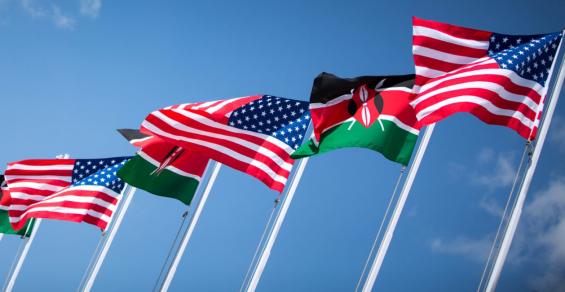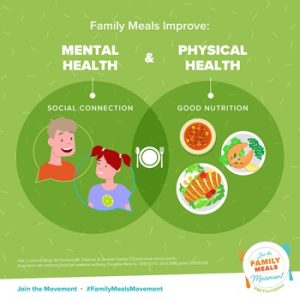Within three months both United States and Kenya will begin work to develop a detailed roadmap for engagement.
During a virtual meeting July 14, United States Trade Representative Ambassador Katherine Tai and Kenya’s Ministry of Industrialization, Trade and Enterprise Development Cabinet Secretary Betty Maina launched the United States-Kenya Strategic Trade and Investment Partnership, or STIP.
Building on their June 13, 2022, meeting in Geneva, Tai and Maina agreed that their governments will pursue enhanced engagement leading to high standard commitments in a wide range of areas The U.S. and Kenyan governments will commence working within three months to develop a detailed roadmap for engagement in each of the 10 identified areas of focus, including agriculture.
“The U.S.-Kenya relationship is critical to addressing key regional and global challenges – and this initiative represents an opportunity to work together on shared priorities including labor, environment, digital trade, trade facilitation, and good regulatory practices,” says Tai of the launch of STIP.
Specifically, the United States and Kenya will consider measures to facilitate agricultural trade and enhance transparency and understanding of the application of science- and risk-based sanitary and phytosanitary measures.
According to a release from USTR, “The two sides share an interest in fostering sustainable agricultural practices, as well as creating an enabling environment for innovative agricultural technologies that would help achieve food security goals, increase farm productivity and improve farmer livelihoods, while addressing climate change concerns.”
According to a recent report from USDA’s Foreign Agricultural Service on agricultural market opportunities in Kenya, agriculture remains the main contributor to the economy with approximately 75% of the 54.7 million population working fully or partially in the agriculture sector. However, high fertilizer prices, small rain-fed fields, and low productivity are obstacles to increasing domestic supply while Kenya’s growing population, increasing urbanization, and growing incomes will spark higher demand for imported food.
From 2012 to 2021, soybeans, soybean meal and corn have seen a 72% increase. Soybean meal has had the most consistent growth and is expected to increase further as livestock capacity increases, the report states. Grains for feed are mostly domestically produced. However, as the price of feed production increases, Kenya is expected to look outside of domestic products to supplement demand.
In 2021, soybean meal reached its second-highest imports in history at $21.0 million, a 97% increase from 2017. Soybean imports have been minimal and volatile but offer potential. Over the past five years, imports have ranged between $30,000 (2021) to $8.5 million (2020) with million-dollar soybean imports coming from Ukraine.
According to the December 2021 GAIN report, the Government of Kenya announced that key animal feed ingredients (yellow maize, soybeans, soy meal, cottonseed cake, sunflower seed cake, white sorghum and fish meal) would be exempt from import duties in an effort to curb rising feed prices. It should be noted that these duty exemptions only apply to non-GE products. Currently, East Africa is experiencing one of the worst droughts in over 40 years, raising expectations of increased imports of grains, the FAS report explains.
Since 2012, Kenya has banned genetically engineered foods and feed products, severely limiting Kenya’s access to U.S. products such as corn, soy, and distiller grains with solubles. Kenya has commercialized only one GE crop, Bt cotton.
Bt maize is awaiting approval in Kenya’s cabinet after completing all required trials. FAS report author Samantha Bartz says Kenya has been open to development of domestic GE products to combat drought and insect issues with local production.
“The largest barrier for U.S. product is Kenya’s propensity to favor non-GE goods. It should be noted that feed production constraint due to pressures from climate change and increasing fertilizer prices will also put a strain on domestic meat and poultry production,” notes Bartz.
In addition to challenges with biotech approvals, Kenya also has put in place several regulatory restrictions on the import of meat, dairy and poultry products which have largely blocked U.S. meat and poultry imports. To date, only one U.S. poultry supplier has successfully navigated Kenya’s import requirements.
“With Kenya’s resistance to importing meat products, further strain on feed grain consumption will force Kenya to supplement supply with products that are cost-effective,” Bartz adds.
Bartz concludes, “As the country’s middle class grows, agricultural labor decreases due to urbanization, tourism resumes after the pandemic-caused lull, and e-commerce becomes more accepted and widespread, Kenya’s desire to engage commercially with the international community will provide opportunities for the United States to expand agricultural exports.”




